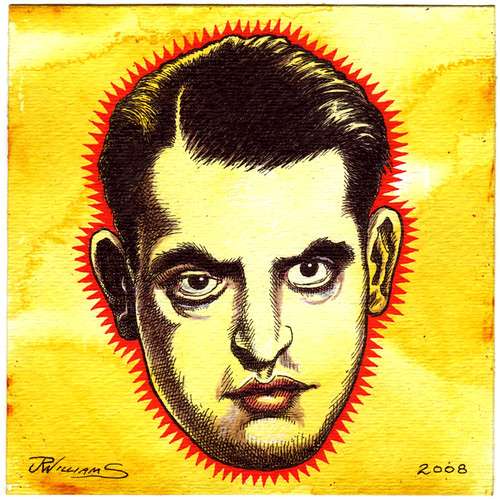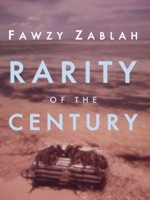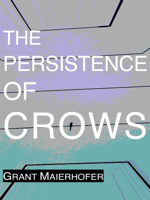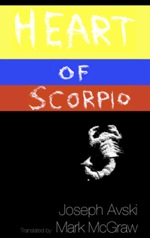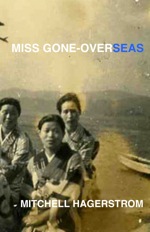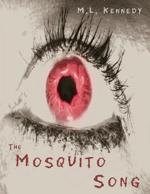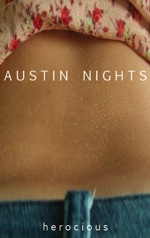Upon first viewing Luis Buñuel’s Un Chien Andalou, one gets the impression that, despite the randomness of it all, it does, or should, intuitively make sense.
There are plenty of clear cut indicators and symbols in the film that are obvious in meaning, and it simply follows that they were intended to point to some overall purpose – that they should fit into a bigger pattern that conveys whatever message the director intended. However, that isn’t the case. Any further attempt at deciphering the film by dwelling upon the images presented leads inevitably to contradictions, confusion, and even more questions.
This unfathomable nature of the film is intentional. As a product of the Surrealist movement, the driving force of Un Chien Andalou is the casual irrationality of it all. In one of the most memorable sequences in cinema, an eyeball of a woman is slit open, yet in the next scene, the woman is still alive and in good health, as if nothing had happened. Yet in another scene, out of nowhere, a man begins pulling two strings in a room that is revealed to be connected to two pianos, each with a priest tied in among them and a dead donkey.
In the bigger picture, nothing in the plot warrants the occurrence of these events. The audience does know why one would want to slit that woman’s eye, and they are not led to expect that the woman who gets her eye cut open will survive in the next scene. Similarly, the audience does not expect that dead donkeys will appear suddenly on top of two pianos and then just as suddenly disappear.
The random scenes create a disruption in the continuity of time as well as in space. This is most obvious in the scrambled timeline of the film. Intertitles denote the place in time each segment occurs; however, the statement of the time conflicts with the plot development of the film.
At the end of one segment labeled “Eight years later…”, a man talks to his double lying on the bed, deriding him for his feminine outfit, and sending him to the corner of the room for punishment. An intertitle interrupts, noting “Sixteen years before”, and then returns to the same scene, the action continuing as before, with the man walking away from his double in the corner. Here, the action of the film conflicts with the notation of the time in the intertitle – we think that the whole scene occurs in the same time and place, but the director tells us otherwise, creating a paradox.
Disruption of spatial continuity occurs in another scene where the woman is in a room, attempting to escape for the man, and ends up running into another room that appears to be the same as before, again causing a similar contradiction that confuses the viewer. These contradictions are revolts against the logical expectations of the audience, overthrowing any rationality that they are accustomed to.
What makes this irrationality extraordinary, however, is the nonchalant nature in which they are presented – the appearance that this phenomenon is to be expected. Firstly, everything that occurs is within a real world context. Items that show up, such as the clothes worn or vehicles that appear, are from everyday life. It’s just that these items are seemingly misplaced, such as when the man is donning a woman’s outfit or when a woman’s armpit hair appears over the mouth of the man. Moreover, characters within these scenes act as if what was happening were normal, that nothing they were experiencing was out of the ordinary. The man donning the woman’s outfit does not notice that he’s dressed incorrectly nor is he surprised when the armpit hair appears over his mouth.
When a woman is run over by a car, the witnesses are shocked, but they don’t run downstairs to help or notify the authorities. The event is not a defining moment of the plot and is forgotten moments later. On top of it all, this scene is scored with the romantic overtones of Wagner’s Tristan and Isolde, further heightening the contradiction by setting up the audience for an overwhelming tragedy, but confounding it instead by unexpectedly and suddenly bringing about a voracious sexual desire in one of the witnesses.
Indeed, it is in these confounded expectations that Buñuel reveals what will eventually become the recurring motifs of his future films. The man dressed as a woman wears a mysterious locked jewelry box around his head that later on is opened by the woman to reveal a tie, which later on seems to resurrect the same man after he dies. This same jewelry box is later shown being worn by a woman in man’s dress, who places a severed right hand into that box and is later run over by a car.
Towards the end of the film, the jewelry box is found smashed into pieces on the beach, kicked away by the happy couple as they walk off into the horizon. By carrying this item over discontinuous scenes, Buñuel highlights what is constant and pulls our attention to this curious object, which suggests that it has some importance in causing the events to occur illogically. Because life and death seem to be entwined with the box, it takes on a symbolic significance. We see this box recur in one of his later movies, Belle de Jour, though what makes it significant in that film is that its contents are never revealed.
Another recurring motif is the image of insects crawling out of a hole in a hand and swarming all over it. The audience is tempted to make sense of this impossibility by thinking that it indicates something rotting on the inside, perhaps a symbol of the rotting soul of a person or a sign of evil. Supporting this view is the fact that these ants appear on the man’s hand as he is trying to take advantage of a woman. However, the audience cannot be certain, as the ants appear as well in another scene on the man’s hand when he is not doing anything.
By showing this motif of the insect, Buñuel gets the audience to associate with it but then bewilders by inserting inconsistencies that frustrate attempts to understand. We are only left with the symbol and a distinct confusion. Again, insects are seen again in one of Buñuel’s later films, Diary of a Chambermaid.
In one of the more important set pieces of the film, Buñuel shows the man trying to capture a woman, but is slowed because he is dragging two pianos tied to two priests. The appearance of the priests is the first of many throughout Buñuel’s work. Here, the audience is tempted by the presence of a powerful symbol of religion to analyze this scene. One could say that religion plays a role in the repression or denial of lust.
Buñuel then cuts to show donkeys on top of the pianos, a clear reminder of death. Could it be that death also plays a role in thwarting lust or even love? Or does the man choose to deny himself sexual satisfaction by hanging onto religion?
However much this scene may tempt the audience to perform an in-depth analysis, any attempt to arrive at a definitive interpretation would be fruitless, due to the irrational sequence of events. But, in a way, that’s also saying that numerous versions are possible. Depending on each person’s point of view, he or she may see a different interpretation based on the symbols provided and the transpiring events, providing more of an insight into each individual instead of the film itself.
 Taken as a whole, by disconnecting events from any logical cohesion, but portraying them in an ordinary world, the audience is taken through a dreamlike world that defies explanation. Though the point of Surrealist cinema is to portray irrational acts, the dreams it attempts to reproduce still unearth many symbolic details that can be attributed to repressed emotions and urges, though taken as a whole they may not make sense. The audience is tempted to attribute a meaning or analysis on these symbols in the context of the film, but the symbols act as universal signs that guide the audience into the depths of their own subconsciousness, revealing the inner tangles of their minds.
Taken as a whole, by disconnecting events from any logical cohesion, but portraying them in an ordinary world, the audience is taken through a dreamlike world that defies explanation. Though the point of Surrealist cinema is to portray irrational acts, the dreams it attempts to reproduce still unearth many symbolic details that can be attributed to repressed emotions and urges, though taken as a whole they may not make sense. The audience is tempted to attribute a meaning or analysis on these symbols in the context of the film, but the symbols act as universal signs that guide the audience into the depths of their own subconsciousness, revealing the inner tangles of their minds.
Thus the film as a whole, containing the symbols, acts as a window into the mind. Just as, in the beginning of the film, the man (played by Buñuel) slices open the woman’s eye to reveal its innards, Buñuel similarly slices through the audiences’ eyes with this film, spilling out their thoughts and desires.


